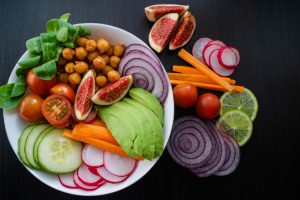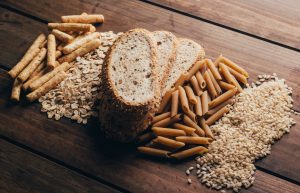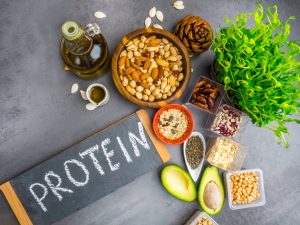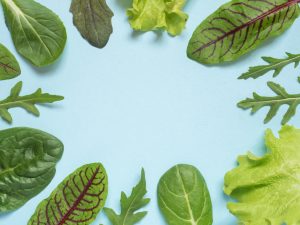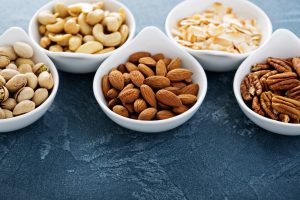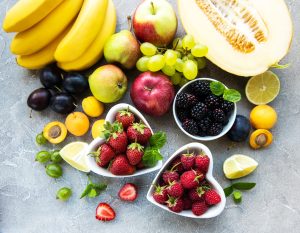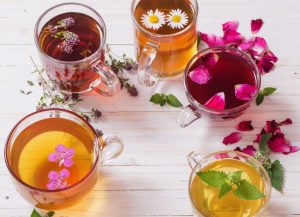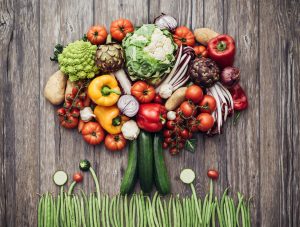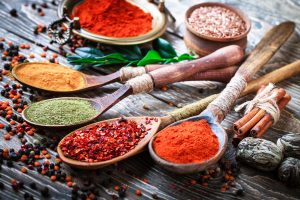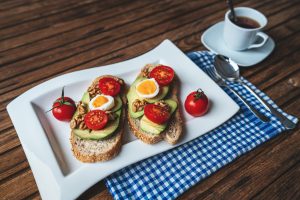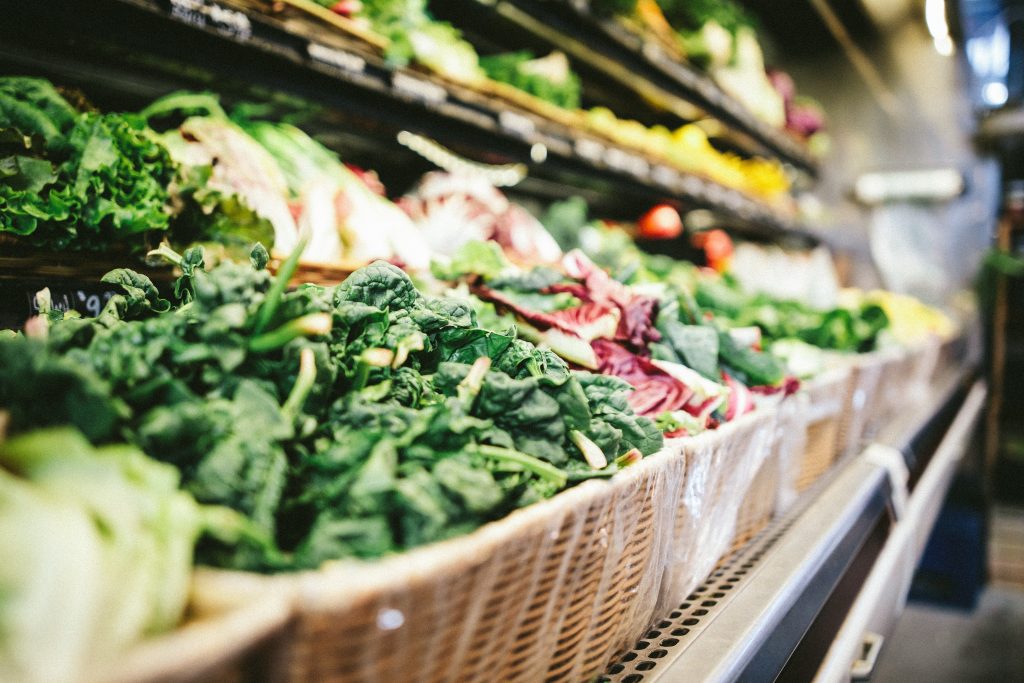The quest for a long and healthy life is as old as humanity itself. In recent years, the focus has intensified on the diets of people who live to 100, often referred to as centenarians. The secrets of longevity may not be so secret after all; they are deeply embedded in the daily eating habits of those who have mastered the art of aging well. Here, we explore 13 dietary habits that are common among people who live to be 100 years old, providing insights into how certain foods can contribute to a long and healthy life.
1. Whole Grains Daily
Centenarians often include whole grains in their daily diet. Foods such as oats, brown rice, barley, and whole wheat bread provide essential nutrients like fiber, vitamins, and minerals that support heart health and improve digestive function. Whole grains have a low glycemic index, which helps maintain stable blood sugar levels, a crucial factor in longevity.
2. Plant-Based Proteins
People who live to 100 typically lean heavily on plant-based proteins. Beans, lentils, chickpeas, and tofu not only serve as excellent protein sources but also contain vital nutrients such as iron, fiber, and essential fatty acids without the saturated fats found in animal products. Incorporating plant-based proteins into daily meals can reduce inflammation and lower the risk of chronic diseases.
3. Fermented Foods
Fermented foods are a staple in the diets of many centenarians. Yogurt, kefir, sauerkraut, miso, and kimchi introduce beneficial probiotics into the body. These help maintain gut health, which assists immune function, mental health, and overall longevity. Fermentation also enhances the nutrient content of foods, making them even more beneficial.
4. Leafy Greens
Leafy green vegetables such as spinach, kale, Swiss chard, and collard greens appear frequently on the plates of those living to 100. These vegetables are rich in vitamins, minerals, and antioxidants that protect the body from oxidative stress and inflammation, both of which impact aging and chronic diseases.
5. Nuts and Seeds
A handful of nuts or a sprinkle of seeds each day is typical among centenarians. Nuts and seeds are high in healthy fats, proteins, and fiber. Regular consumption can lead to lower cholesterol levels and reduced risk of heart disease. Almonds, walnuts, flaxseeds, and chia seeds are particularly beneficial for heart health and cognitive function.
6. Small Portions of Lean Meat
While many centenarians focus on plant-based diets, those who eat meat tend to choose lean options like chicken, turkey, and fish and consume them in moderation. The key is small portions. These meats provide essential proteins and nutrients without excess calories or fats, which can contribute to heart disease.
7. Plenty of Water
Staying hydrated is crucial for maintaining health at any age, and those who live to 100 make sure to drink plenty of water throughout the day. Water supports kidney function, aids digestion, and helps keep the skin healthy and resilient, which are all vital for aging bodies.
8. Fresh Fruits
Fruits are a significant part of the longevity diet due to their high levels of vitamins, minerals, and antioxidants. Berries, apples, oranges, and grapes are favorites among centenarians. These fruits can reduce inflammation and are linked to a lower risk of developing chronic diseases such as heart disease and cancer.
9. Herbal Teas
Many people living to 100 drink herbal teas daily. Teas like green, black, and oolong are rich in antioxidants that combat inflammation and decrease the risk of chronic diseases. Herbal teas can also offer calming effects, which help reduce stress, a significant factor in premature aging.
10. Olive Oil
In regions known for their high number of centenarians, such as the Mediterranean, olive oil is the primary fat used in cooking. Olive oil contains monounsaturated fats and antioxidants, making it excellent for heart health and anti-inflammatory properties. Using olive oil for cooking or in salads can significantly impact longevity by reducing disease risk.
11. Minimal Processed Foods
One of the most important secrets of longevity is the minimal consumption of processed foods. Centenarians tend to eat foods as close to their natural state as possible. Processed foods are often high in unhealthy fats, sugars, and salts, which can lead to health problems like obesity, diabetes, and heart disease.
12. Spices and Herbs
Adding spices and herbs not only enhances the flavor of food without extra calories but also provides numerous health benefits. Turmeric, ginger, garlic, and cinnamon are commonly used by those who live to 100. These spices are known for their anti-inflammatory and antioxidant properties, which are essential for long-term health.
13. Regular, Balanced Breakfasts
Centenarians often stress the importance of starting the day with a nutritious breakfast. This meal sets the metabolic tone for the day and provides essential energy to begin morning activities. A typical breakfast might include a combination of whole grains, fruits, and protein sources such as yogurt or eggs. This balance ensures a steady energy supply and prevents mid-morning crashes, which can lead to unhealthy snacking. Additionally, a substantial breakfast can support cognitive function and physical health, both of which are crucial for longevity.
Embrace These Secrets of Longevity by Choosing What People Living to 100 Eat Every Day
By embracing these dietary habits, you can significantly improve your chances for a longer and healthier life. These secrets of longevity promote a balanced and mindful approach to eating, emphasizing the importance of quality and moderation. Integrating these habits into your daily routine can enhance both your lifespan and the quality of your life, ensuring you enjoy each year to its fullest.
Read More:
Meal Planning for a Family on a Budget
How to Keep Your Kids Healthy on a Budget
Catherine is a tech-savvy writer who has focused on the personal finance space for more than eight years. She has a Bachelor’s in Information Technology and enjoys showcasing how tech can simplify everyday personal finance tasks like budgeting, spending tracking, and planning for the future. Additionally, she’s explored the ins and outs of the world of side hustles and loves to share what she’s learned along the way. When she’s not working, you can find her relaxing at home in the Pacific Northwest with her two cats or enjoying a cup of coffee at her neighborhood cafe.
